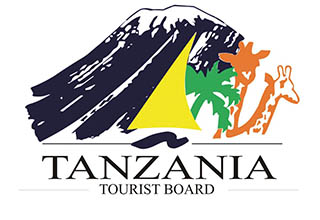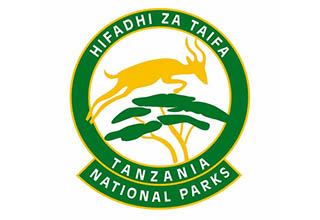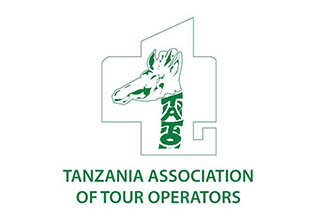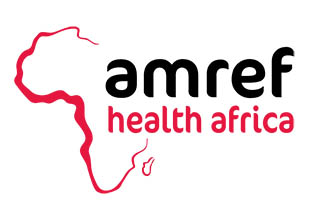Zone 1: Cultivated Zone (800m – 1800m)
Between 800 to 1800ASL the base of the mountain is the zone mostly consisting of Africa’s best coffee farms,bananas and local Chagga communities, a lot of our porters and some of our guides you will meet come from these areas. You will be transferred together with our mountain staff to the dense montane forest fed by many streams from the glacier run-off on the Mountain.This area receives the greatest rain annually.
Coupled with the many rivers formed by merging streams of glacier run-off on the mountain, this zone is made up of farmland and small villages (many of which now rely on the climbing industry for income). A lot of the porters and guides you will see on the mountain will have come from these Chagga villages. As you leave your hotel for the mountain on the first day of your climb you will be driven through this zone to the start of the forest.
Zone 2: Montane Forest (1800m – 2800m)
Most of the rain on the mountain falls in the south and the east, causing the forest to be much thicker here than to the north on the side of the mountain. Monkeys (both Blue and Colobus) are prevalent on certain routes but are seen or heard from a distance, while olive baboons, elephants and buffaloes are known to visit the mountains slopes though they are rarely seen. The best places to see wildlife are just above the thinner jungle on the Rongai Route and on the edges of the Shira Plateau.
This is a spectacular jungle-like place for a hike. Deep gorges fall away to each side of the well-kept trail as you climb ridges, surrounded by some of the tallest trees you have ever seen. The forest is usually mild and might probably rain during your mid day climb, through the clouds towards the upper limits of the forest for spectacular sceneries.
Zone 3: Heather and Moorland (2800m – 4000m)
Daytime temperatures above the montane forest can soar above 40oC yet and drop below 0oC at night. Increased winds and decreased rainfall, giant heathers, wild grasses and a rocky trail replaces the trees and mud of the forest. Heathers can grow to over 10m in height, and as you climb higher the flora reduces in size, large fields of wild flowers and grasses become much more predominant.
You will see clouds floating at your eye level, vivid blue skies and sun at the upper end of this zone. With little cloud cover to protect you from the sun’s UV rays you will need to apply often lots of sun block! Reaching above the low cloud line and the plains below you will be treated with a spectacular incomprehensible array of stars when night falls on this peaceful place.
Zone 4: Semi Desert (4000m – 5000m)
This Semi-desert region of the mountain is a strange place. There is a mean annual rainfall of less than 200mm a year and what plant life exists at this altitude has to survive the rough weather and sub-zero temperature most of the whole day.
Wrap up warm at night, at this altitude it can be below 0oC and you can expect to find frost on the ground in the morning. You are now close enough to the cone to see the vast glaciers that cling to the deep gorges on the slopes and the breaches in the crater rim where molten lava erupted through during ancient sculpturing of Mount Kilimanjaro, resulting in one of the most dramatic landscapes you will ever witness.
Zone 5: The Snow Summit (5000m – 5895m)
As you climb, ice will begin to appear in patches and soon in large fields as you approach the lower reaches of the summit glaciers.
On the rare occasions when it does precipitate the porous, volcanic rock absorbs the moisture in an instant. During the summit bid section, when the evening dew has settled and frozen, it interweaves the little stones together and makes it more stable underfoot. Summit route takes you up to the rim of the volcano and west for one last push; followed with a rim as it rises beside a massive glacier to finally reach the sign “You’re at the roof top of Africa, the Uhuru peak”.
Most fascinating sceneries can be viewed.To the east the peak of Mawenzi is just visible behind the crater rim. If you still have some energy in reserve, it’s well worth making the short trip.Inside the inner crater ash pit at 360m across by 120m deep,it is one of the largest in the world with fumaroles that occasionally puff smoke on this ‘dormant’ volcano.













